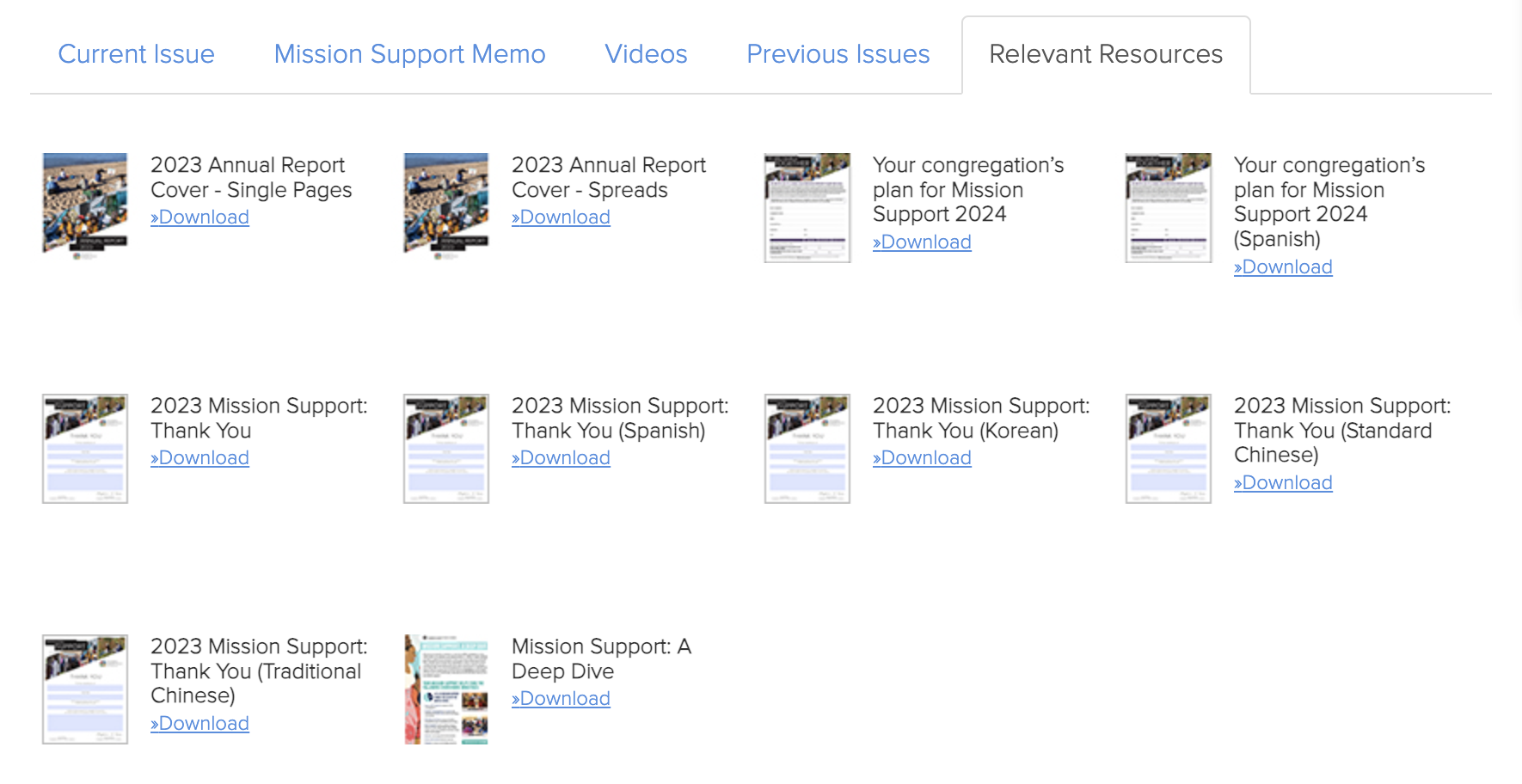Mission Support Memo: February 2024
As you read this story:
- What connects with you?
- What memories do you hold dear with your congregation?
Storytelling Engagement
“Brutiful” Holy Closure
A story from Southeast Michigan Synod
As the writer of Ecclesiastes expresses, there is a time to be born and a time to die. In a world of change and challenges, congregations across the ELCA are wondering about their future and whether they will close. These congregations are worried about downward trends in membership, worship attendance and financial giving. Families and youth have drifted away, and the folks still active are more than weary. One important role of directors for evangelical mission and synod leaders is to walk alongside congregations in identifying future options. This month our story is from the Rev. Sarah Mayer-Flatt, storyteller for the Southeast Michigan Synod sharing her experience of beauty and difficulty attending the closing service of a local church. We thank Sarah for her reflection:
“Recently I attended the holy closure of Good Samaritan Lutheran Church in Pontiac, Mich. I went to the service with more questions than answers. How does a congregation get to this place? What led up to this process? Where do people go afterward?”
"Through attending this service and interviewing the Rev. Jen Kiefer, assistant to the bishop for congregational and synod life, I have a better grasp of this situation. A holy closure can be a faithful step for a congregation when it reaches a point where its outward expression is no longer sustainable. (By outward expression we mean its existence as a congregation.) This process is an option when a congregation is very small and has run out of energy or when a financial hurdle cannot be overcome. Other options for congregations include yoking, merging and consolidating with another congregation. This kind of decision should not be taken lightly, and while the synod, particularly our director of evangelical mission, the Rev. Sean Ewbank, walks alongside congregations in these conversations of discernment, it is always the decision of the congregation and its leadership. The synod does not come in and close a congregation.”
“Of course, this is a 'brutiful' (beautiful and brutal) process: while the church is never defined as a building (we are the church!), memories of baptisms, funerals, weddings, holy laughter and holy tears are attached to that site. Saying goodbye to a church building can feel like the sale of your childhood home. If you've been paying attention to the synod's updates, you know that in the last eight months, three congregations have been faithfully closed and another three have consolidated to form a new congregation, Spirit of Christ Lutheran Church in Clawson, Mich. (but that's another story). St. Thomas in Sterling Heights, Antioch in Farmington Hills and Good Samaritan in Pontiac have all discerned holy closure as the faithful future God was calling them toward. Rev. Kiefer explained that COVID-19 sped up the process for many of these congregations.”
“While it may seem as if holy closures are sad and should be avoided at all costs, that's not the case. Congregations that close can leave a legacy for the greater church in ways that active congregations cannot. For example, St. Thomas in Sterling Heights donated the seed money that Living Waters needed for another accessible building on its property. For years and years campers will be able to come as they are because of this gift. Many of the congregations that have discerned holy closure have also given money to the synod's Fund for Mission account. This allows the synod to continue supporting ministries that cannot fully fund themselves, such as Grace in Action, Love Rising and our FedUp food truck ministry. In short, a holy closure is living out the teaching of Jesus: ‘Unless a grain of wheat falls into the earth and dies, it remains just a single grain, but if it dies it bears much fruit' (John 12:24).””
“Our God is a God of resurrection, and always makes things new — particularly after death. Keep the ministry of each congregation in our synod in your prayers, that all might continue to live faithfully as members of the global church.”
Engage with Us
As we move into 2024, remember that our team has many resources available online at https://www.elca.org/resources/stories-of-faith-in-action#RelevantResources.
These include stories, videos and issues of “Mission Support Memo” and “Stories of Faith in Action.” You can use any of these resources anytime and in any communication.
There are also important relevant resources such as annual meeting covers, congregational statements of intent and thank-you certificates in five languages.

All are available for synod and congregation use. Check out all the tabs!
Grateful
Our synod bookkeepers and treasurers work hard year-round, but we are especially mindful of them as we end the fiscal year. We are grateful for the time and attention to detail that goes into the closing of the fiscal year and for those who share their talents with their synods to complete the task.
We pray that the closing of the fiscal year will be seamless and stress-free, but should you need any help or have any questions, the Congregation and Synod Support team is here to walk alongside you. Please reach out if we can offer any assistance or support.
In deep gratitude,
Victoria Flood - Senior Director for Mission Support, Nick Kiger - Director for Mission Support, Karen Kretschmann - Coordinator for Storytelling Engagement
